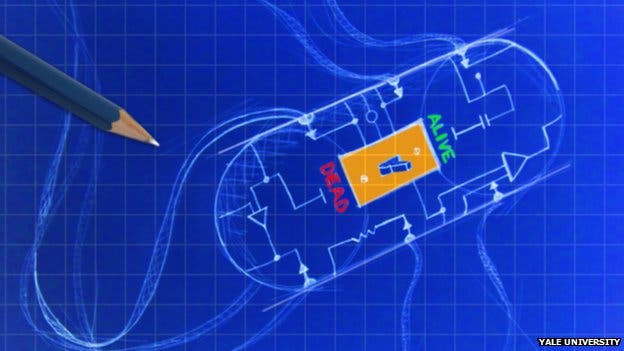Two teams of scientists from Harvard and Yale have reached a crucial milestone in the effort to build synthetic life forms by developing a powerful way to prevent genetically modified organisms (GMOs) from escaping into the wild.
The new technique essentially inserts a built-in self-destruct mechanism into bacteria. The cells carry an alternative genetic code that makes them dependent on an artificial nutrient that is not found in nature.
 |
| Maize: The research may have applications in plants, say the scientists |
Harvard Medical School genetics professor George Church, who oversaw one of the studies published Wednesday in the journal Nature, compared the new technique to putting a GMO “on a leash.” If scientists stop supplying a particular unnatural amino acid synthesized in the laboratory, the bacteria die.
The ability to tweak organisms’ DNA to give them new capabilities has long been tantalizing to biologists who already are turning microbes into factories that generate drugs and biofuels. But the wider use of engineered organisms — for example, creating bacteria that can clean up a hazardous waste spill — requires an effective way to make sure they do not escape scientists’ control.
The worries about escape are rooted in the uncertainty about what could happen. GMO bacteria might out compete native strains, with unintended ripple effects on the environment. They also could unexpectedly transfer the genes that confer those powerful new traits to other organisms.Read the rest of the story HERE.
If you like what you see, please "Like" us on Facebook either here or here. Please follow us on Twitter here.




No comments:
Post a Comment